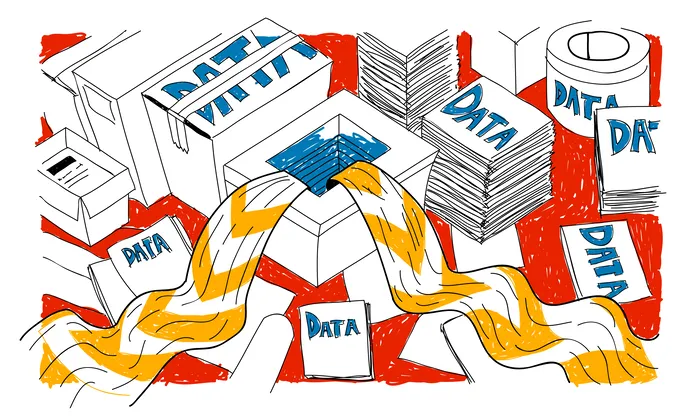How are voice cloning datasets used to train cloning models?
Voice Cloning
AI Models
Speech AI
Voice cloning datasets are essential for training models that can replicate human speech with high fidelity. These datasets comprise audio recordings from diverse speakers, capturing the nuances of human speech and enabling AI systems to generate natural-sounding voices. Understanding how these datasets are used to train cloning models is crucial for developing personalized voice technologies.
The Role of Voice Cloning Datasets
Voice cloning datasets are collections of recordings that include scripted, unscripted, conversational, and emotional speech. They aim to capture a broad range of vocal characteristics, emotions, and styles. This diversity is vital for training models that can mimic the subtleties of human voices across various contexts and demographics.
Why Speech Data Diversity Matters
Diverse datasets ensure that models can adapt to different voices, accents, and emotional tones. This adaptability is crucial for applications like virtual assistants, storytelling, and accessibility solutions, where natural and varied speech output enhances user experience. For example, a dataset might include recordings from speakers of different ages, genders, and regional accents, which significantly improves the model's ability to generate speech that resonates with a global audience.
Key Steps in the Voice Cloning Model Training Process
Training a voice cloning model involves several critical steps, each heavily reliant on the quality of the dataset:
Voice Dataset Preparation
Before training begins, the audio recordings must undergo a meticulous preparation process. This includes:
- Annotation: Providing metadata such as speaker gender, age, and emotional tone to help the model learn voice nuances. Speech & Audio Annotation
- Quality Assurance: Ensuring recordings are free from noise and recorded in professional studio environments. This includes using industry-standard formats like WAV at 48kHz.
Model Training Workflow
Once the dataset is prepared, the training phase follows:
- Feature Extraction: The model extracts features such as pitch and tone from the audio data, essential for accurate voice mimicry.
- Learning Phase: Using deep learning techniques like GANs or transformers, the model learns to associate audio features with phonetic transcriptions. Typically, 30 to 40 hours of recordings per speaker are used to achieve expressive cloning.
- Validation and Testing: The model's performance is evaluated using a separate dataset portion to ensure it can generalize its learning to new voices.
Critical Decisions in Dataset Utilization
Building effective voice cloning models requires making informed decisions about dataset usage:
- Balancing Dataset Size and Diversity: Larger datasets generally improve model performance, but they must also be diverse to avoid biases.
- Recording Environment Choice: Using professional-grade equipment ensures high-quality data, critical for achieving realistic voice reproduction.
Common Challenges and Ethical Considerations
Working with voice cloning datasets poses several challenges:
- Quality Control: Rigorous quality assurance is necessary to prevent audio defects that could impair model performance.
- Ethical Voice Cloning Practices: Ensuring all recordings are obtained with the speakers' informed consent is vital to maintaining ethical standards in voice cloning technology.
Real-World Applications and FutureBeeAI’s Role
FutureBeeAI specializes in providing high-quality, studio-grade voice cloning datasets that support diverse applications such as multilingual TTS training and expressive speech synthesis for entertainment. By acting as a secure bridge between AI companies and verified voice actors, FutureBeeAI ensures that its datasets are ethically sourced and compliant with legal standards.
For AI projects requiring comprehensive and ethically sourced voice data, FutureBeeAI offers a robust platform for collecting and delivering datasets tailored to your needs. Our structured, high-quality data pipeline can support your voice cloning initiatives, ensuring you have the resources to develop innovative and responsive voice technologies.
Smart FAQs
Q. What makes a voice cloning dataset high quality?
A. A high-quality voice cloning dataset includes recordings from diverse speakers in professional studio environments, ensuring clarity and fidelity without noise or distortions.
Q. Why is ethical sourcing crucial in voice cloning datasets?
A. Ethical sourcing involves obtaining explicit consent from speakers, which is essential for legal compliance and maintaining trust in voice technologies.
What Else Do People Ask?
Related AI Articles
Browse Matching Datasets
Acquiring high-quality AI datasets has never been easier!!!
Get in touch with our AI data expert now!








